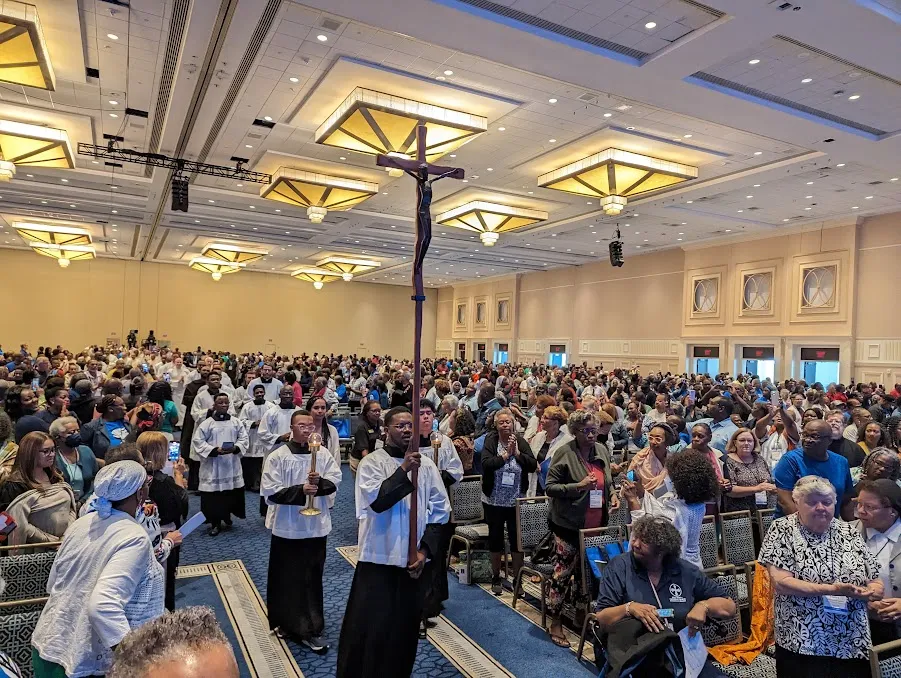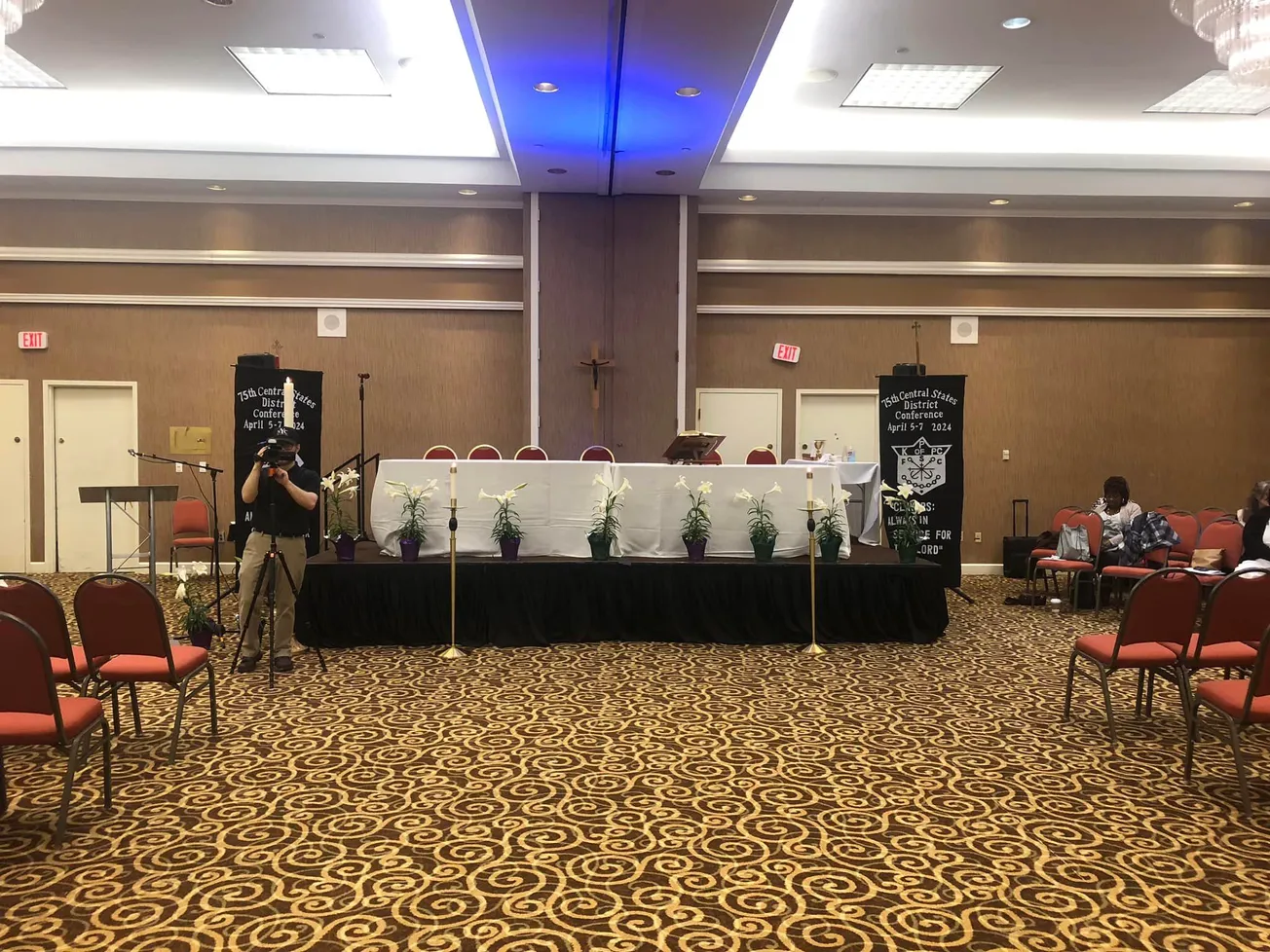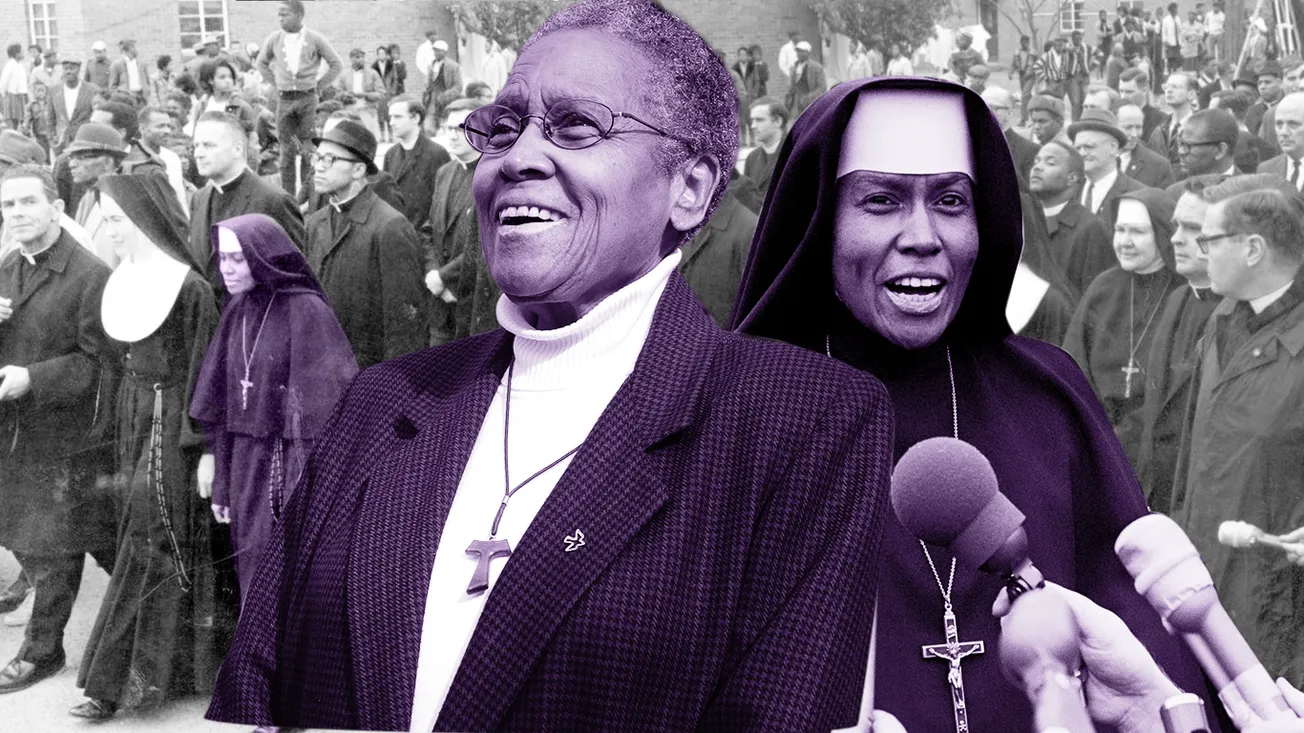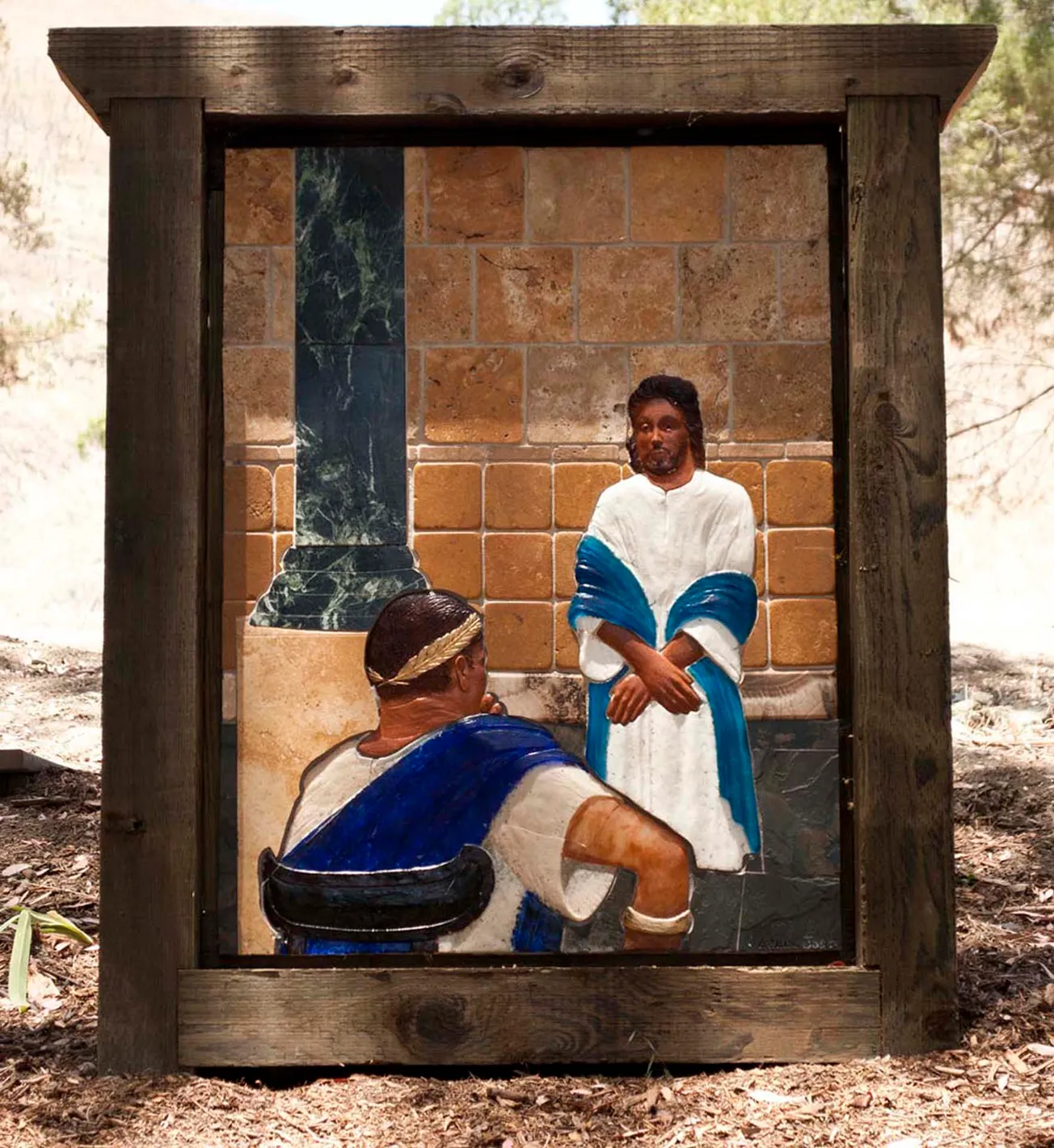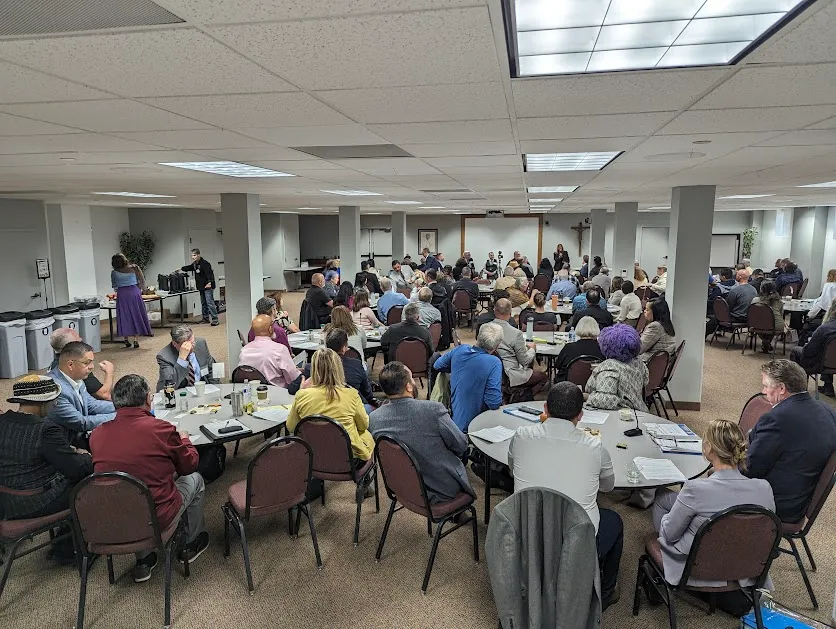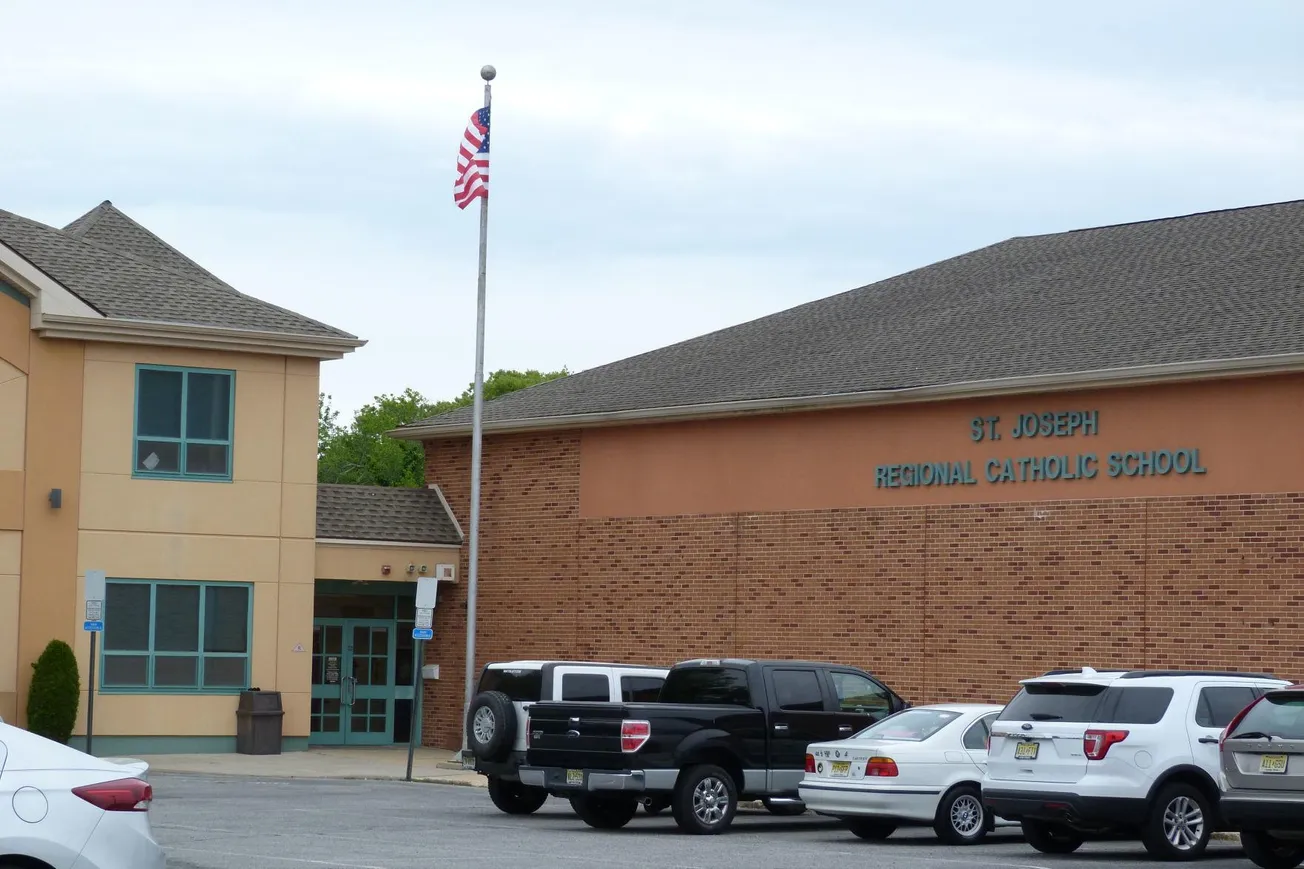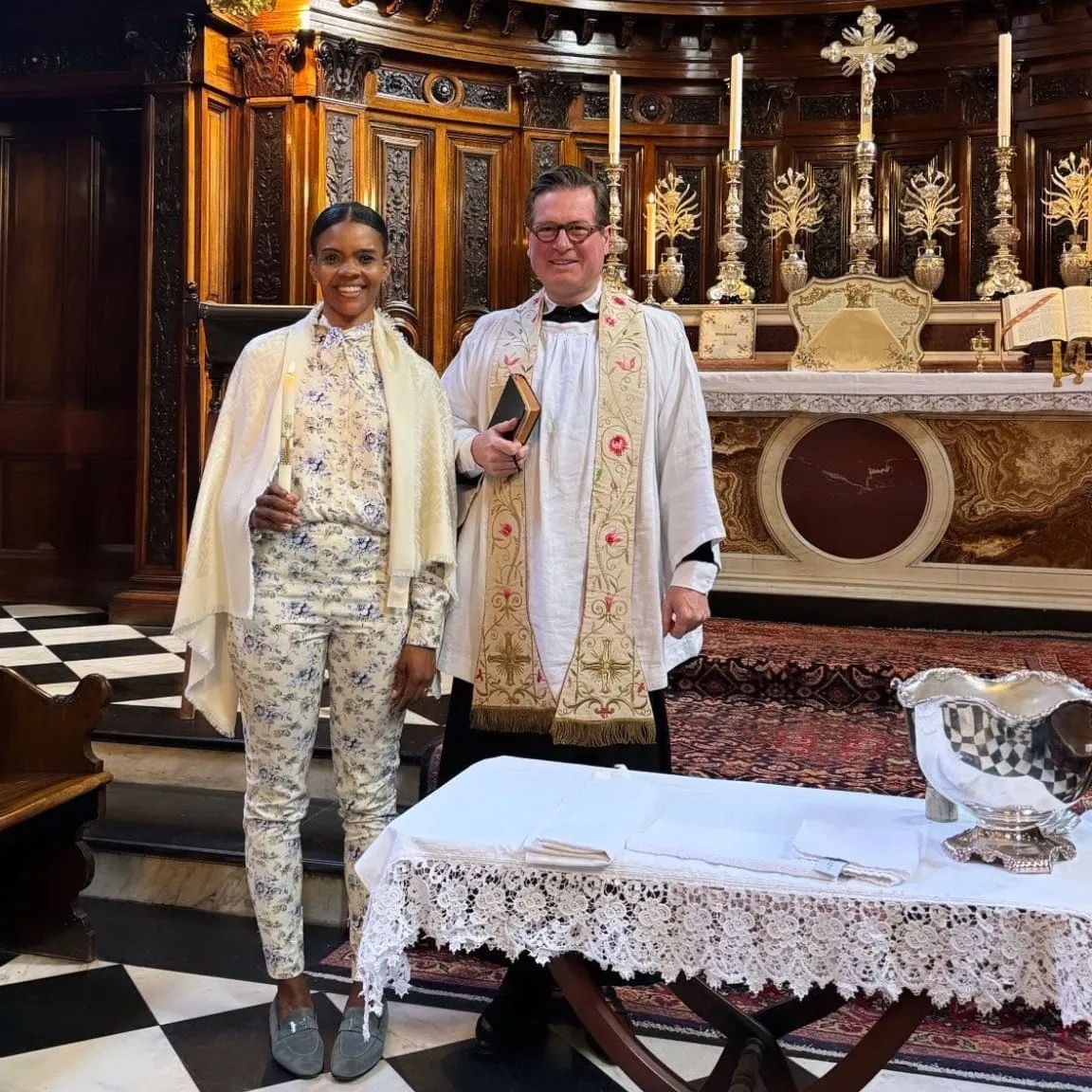It has been seven months since I attended the 2023 National Black Catholic Congress, held in the Washington, D.C. area.
For the last several years, I have been increasingly enthralled with the gift of being Black and Catholic. African-American heritage provides a passion for justice, an awareness of history, a connection with the Spirit, and many other benefits. Catholicism connects us to 2000 years of spiritual wisdom, the communion of saints, progressive social teaching, and a global, diverse community. Bring the two of these together in one person and the community, Church, and world are richer by our presence.
The great W. E. B. Du Bois wrote in “The Souls of Black Folk” that being Negro and American were such irreconcilable identities that only Black strength allows us to remain whole and sane. On the contrary, being Black and Catholic are mutually supportive identities, each enriched by the other.
Despite the beauty of Black Catholics, there remain many reasons for discouragement and disillusionment. We know those reasons well—the closure of Black Catholic schools and parishes; the lack of African-American bishops, priests, and deacons; the decline in Black women religious; the departure of our youth from the faith; the continued racial indifference (at best) among many White Catholics and in their parishes; the U.S. bishops announcing abortion as their “pre-eminent priority” despite gun violence, racism, threats of right-wing violence, and climate change.
Even so, Black Catholics know hard times are not the final word or the only reality. They know the God who strengthens them to feel “no ways tired,” the God who knows “we fall down but we get up,” and the God “who has brought us thus far on the way.” We know we are welcome at the table of the Holy Trinity, that Jesus is present in the Eucharist and everywhere else, and that the Holy Spirit is both within and beyond the Catholic Church.
The beauty of being Black and Catholic was confirmed, revived, and expanded at the most recent Black Catholic Congress. Seven months later, here’s a short list of riches in which I have continued to find joy:
- Hosting occasional online gatherings of other Black Catholics I met at Congress.
- Taking in the vastness and beauty of the Black Catholic experience in the pages of the Black Catholic Messenger. Writers for BCM illuminate the breadth and depth of Black Catholic witness in the Church and in the world.
- Connecting with people who allowed me to virtually meet Dr. Cynthia Bailey Manns, the only African-American woman delegate in the 2021-24 Synod of Bishops.
- Remembering with fondness the White priest I sat in front of during a Congress Mass at the Basilica of the National Shrine of the Immaculate Conception, noticeable due to the prominent rainbow pin on his shirt.
- Listening over and over again to the beautiful performances of “Hallelujah, Salvation and Glory” and “Total Praise” sung during Eucharistic Adoration and recalling the profound sense of Christ’s presence on the altar and in the community that evening.
- Continuing to hear about all the positive vocations, tasks, and events Black Catholics are engaged in all over the nation.
- Recalling the many conversations with Black Catholics at meals, receptions, Mass, workshops, on the bus, and in other places where I heard of their life journeys and vocations.
- Reading the Synod synthesis report, “A Synodal Church in Mission”—in particular the proposals on discernment regarding racial justice, addressing Church systems that maintain racial injustice, and creating healing processes; on expanding the role of women; on the application of “love and truth” in practice; and on listening and accompanying those who feel excluded.
- Learning about the impact of the Josephites on Black Catholic ministry and history from Dcn Timothy Tilghman.
- Having access to the brilliant “The Fire This Time: A Black Catholic Sourcebook” by Dr. Kim Harris, M. Roger Holland II, and Kate Williams.
- Being alive during the papacy of Pope Francis, who speaks of mercy, the joy of the gospel, listening with the heart, and proclaiming “todos, todos, todos”—all are welcome.
- Accessing Seattle Archbishop Paul Etienne’s blog “Truth in Love” after we met briefly at the Congress and before he served as a delegate at the October session of the Synod.
- Having access to the excellent programs, webinars, lectures and classes offered by Catholic organizations and institutions around the country—including FutureChurch, Discerning Deacons, the Boston College School of Theology and Ministry, the Hank Center for Catholic Intellectual Heritage, Loyola Marymount University, Catholic Theological Union, Georgetown University’s Initiative on Catholic Social Thought and Public Life, the Oblate School of Theology, Liturgical Press, the Franciscan School of Theology, and many others.
- Learning of the Black Catholic individuals, organizations, informal groups, parishes, and leaders whose vocations, stories of persistence, compassion, and work, which are a constant inspiration.
- Reading the brilliant “Subversive Habits: Black Catholic Nuns in the Long African American Freedom Struggle” by Dr. Shannen Dee Williams.
- Continuing to meet online with Black Catholic men from Seattle, Washington, in a group that has been gathering since the year 2000.
- Knowing that I am one of the 3 million Black people in the United States who remain Catholic not because the Church is perfect but because even in its imperfection, it receives grace from the Holy Spirit, who manages to “blow where he chooses.”
These are but a few of the beauties of being Black and Catholic, elevated and confirmed by being at Congress. These and many other memories, experiences, and relationships continue to inspire me. I am confident that everyone who attended the Congress, and those who did not, could list many marvelous aspects of being both Black and Catholic.
Daryl Grigsby is the author of “In Their Footsteps: Inspirational Reflections on Black History For Every Day of the Year.” He is on the board of directors for Color Me Human and has a Master’s in Pastoral Studies from Seattle University’s School of Theology and Ministry.


